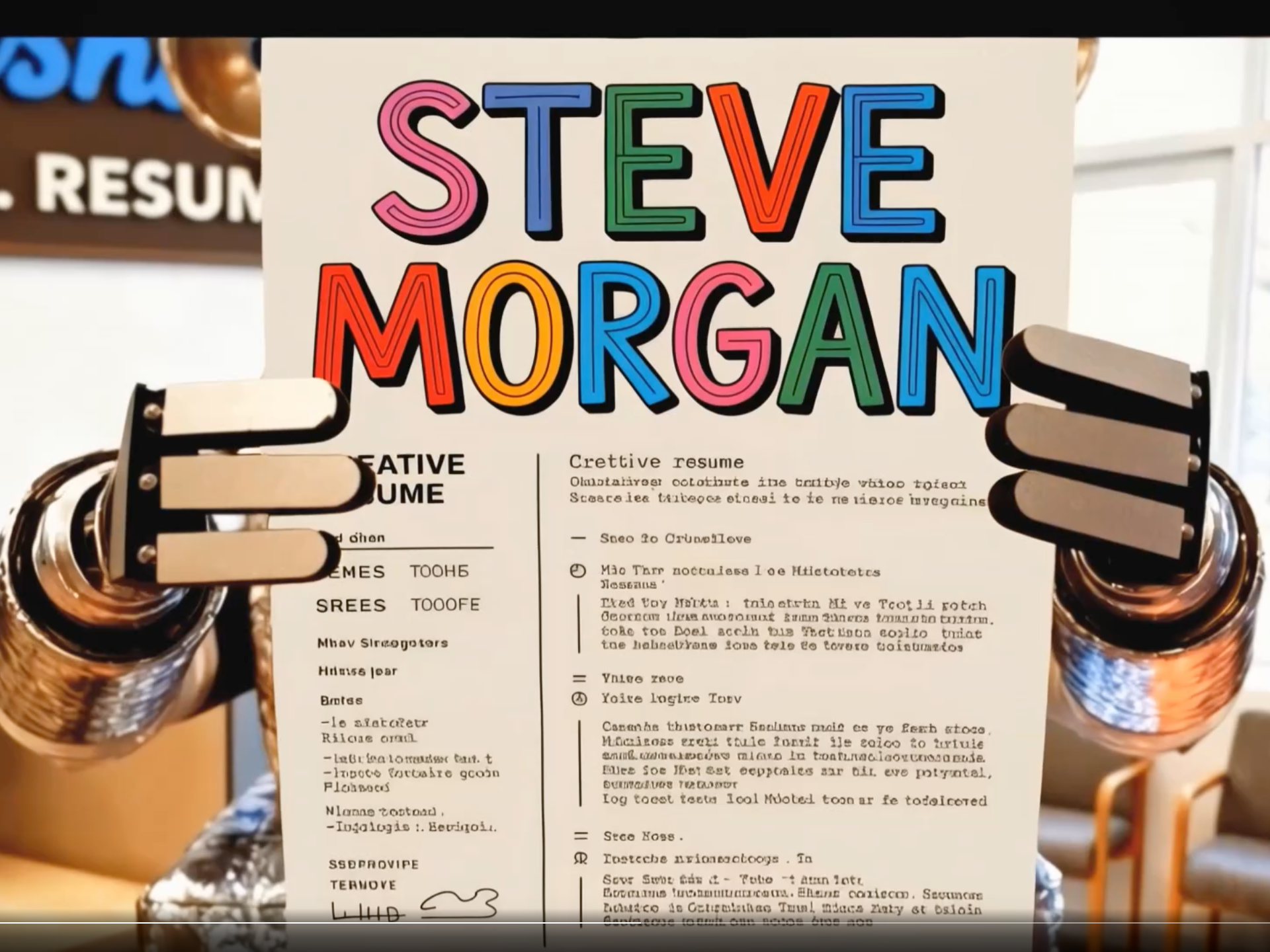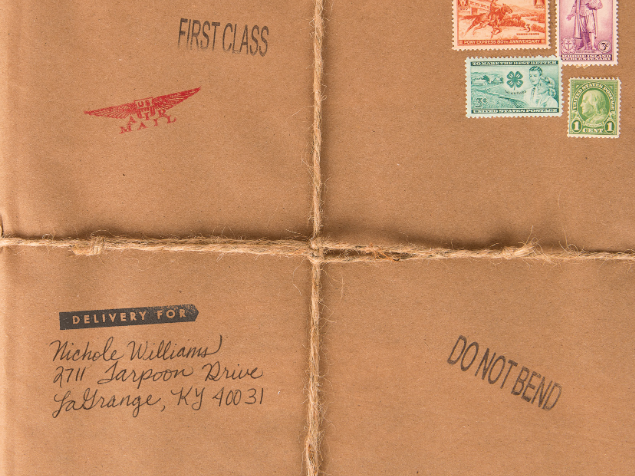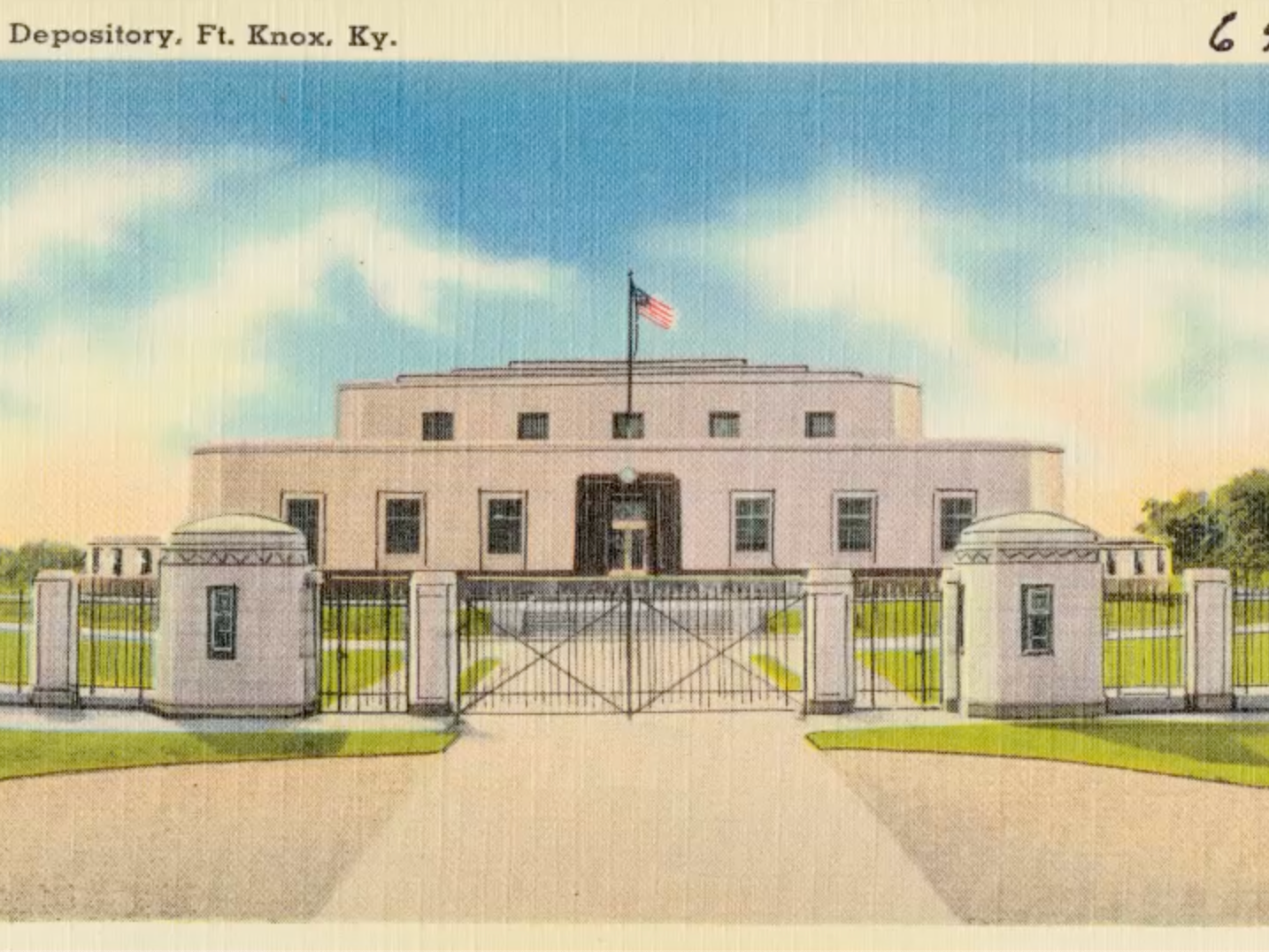Message in a Bottle: The Story of Harold Hackett
I recently came across a piece about an eccentric Canadian man named Harold Hackett, who, since 1996, has been throwing message-stuffed bottles into the Atlantic Ocean. Each of the neon-colored juice bottles contain Harold’s address, a handwritten note and a request that anyone who finds the bottle respond with their own handwritten note.
Harold has so far cast more than message-stuffed 4,800 bottles into the sea. But what makes the story so astonishing is that he’s received more than 3,100 replies from bottle finders in places ranging from Africa to Ireland. Even more impressive, each respondent has replied – just as Harold requests – with their own handwritten note.
Without a doubt, Harold is felonious polluter. But with a 63% response rate, I can't help but wonder if there is a marketing lesson to be learned here. Then it occurred to me, a great piece of advertising is a lot like one of Harold’s bottles: Adrift in a vast ocean of noisy, swirling sameness, it sticks out. It floats to the top. It inspires people to investigate, engage and respond to it.
But how does one create advertising that feels like a message in a bottle? I believe Harold’s story shows that connecting with an audience while floating in vast sea of banality requires three ingredients: surprise, mystery and sincerity.
To explain further, I’ve outlined what I’m calling the Unauthorized Harold Hackett Guide to Direct-Response Marketing, otherwise known as the UHHGDRM. Have a look.
I recently came across a piece about an eccentric Canadian man named Harold Hackett, who, since 1996, has been throwing message-stuffed bottles into the Atlantic Ocean. Each of the neon-colored juice bottles contain Harold’s address, a handwritten note and a request that anyone who finds the bottle respond with their own handwritten note.
Harold has so far cast more than message-stuffed 4,800 bottles into the sea. But what makes the story so astonishing is that he’s received more than 3,100 replies from bottle finders in places ranging from Africa to Ireland. Even more impressive, each respondent has replied – just as Harold requests – with their own handwritten note.
Without a doubt, Harold is felonious polluter. But with a 63% response rate, I can't help but wonder if there is a marketing lesson to be learned here. Then it occurred to me, a great piece of advertising is a lot like one of Harold’s bottles: Adrift in a vast ocean of noisy, swirling sameness, it sticks out. It floats to the top. It inspires people to investigate, engage and respond to it.
But how does one create advertising that feels like a message in a bottle? I believe Harold’s story shows that connecting with an audience while floating in vast sea of banality requires three ingredients: surprise, mystery and sincerity.
To explain further, I’ve outlined what I’m calling the Unauthorized Harold Hackett Guide to Direct-Response Marketing, otherwise known as the UHHGDRM. Have a look.
Rule #1. Delight with the Delivery
This doesn’t necessarily mean a fancy package (or bottle). It could be as simple as a great visual or a clever headline – or both. But whatever it is, it must get the consumer’s attention immediately.
Rule #2. Stoke Curiosity
Like Sarah McLachlan, one must "build a mystery" that piques curiosity. It needn’t be heavy or convoluted, just something that intrigues the audience enough to inspire them to take the lid off the bottle.
Rule #3. Be Sincere
This is the most important part. Once the audience has opened the bottle and has the message in their hands, it's game time, and an honest, authentic delivery is more likely to resonate with them than tired, sales-y cliches.
Sure, the UHHGDRM is a bit vague and underdeveloped. That said, it's meant to be more of a compass than a roadmap – a basic set of guidelines by which to judge an advert before casting it into the sea.
Either way, I think Harold Hackett’s story sends out an S.O.S. to the world, proving that everyone loves surprise, mystery and sincerity. Now get out those bottles and rock it.
This is the most important part. Once the audience has opened the bottle and has the message in their hands, it's game time, and an honest, authentic delivery is more likely to resonate with them than tired, sales-y cliches.
Sure, the UHHGDRM is a bit vague and underdeveloped. That said, it's meant to be more of a compass than a roadmap – a basic set of guidelines by which to judge an advert before casting it into the sea.
Either way, I think Harold Hackett’s story sends out an S.O.S. to the world, proving that everyone loves surprise, mystery and sincerity. Now get out those bottles and rock it.
Grow Baby Grow: Louisville’s Convention Reinvention
If you haven’t been to downtown Louisville in a few years, you’re in for a surprise. With Bourbon mania sweeping the world, Bourbon City is in the midst of an economic and hospitality renaissance. The result is a fresh, welcoming convention experience unlike anywhere else in the country.
Louisville has invested more than a billion dollars into revitalizing its downtown corridor, adding new hotels, restaurants and bourbon-centric attractions, including seven tourable distilleries. Of course, for convention goers, the crown jewel of the city’s downtown resurgence is the stunning new Kentucky International Convention Center (KICC).
The KICC opened in August 2018 following a two-year, $207 million expansion and renovation. Although Louisville is a mid-size city, the KICC claims the title of sixth-largest convention center in America, offering:
• Ability to accommodate groups of 175 to 4,000
• 200,000 square feet of contiguous exhibit space
• A 40,000 square-foot ballroom
• A 175-seat conference theater
• 52 meeting rooms
• On-site catering of 15,000 meals per day
But there’s more to the KICC than impressive amenities and modern technology. The 1-million-square-foot, LEED Silver certified facility is awash in natural light, with floor-to-ceiling windows that perfectly frame the exciting culinary, cultural and entertainment options that await guests at the end of the day.
For instance, visitors may choose from more than 130 bars, restaurants – and seven bourbon distilleries – within walking distance of the KICC. And speaking of restaurants, the city’s food scene is making waves nationwide, earning accolades from publications like Zagat, Southern Living and Bon Appétit Magazine, who declares it “One of the Best Foodie Towns in America.”
If that’s not enough to warrant a close look at Bourbon City for your next meeting, keep in mind that accommodations won’t be a problem. Downtown Louisville boasts 6,000 hotel rooms ranging from value to luxury, including the new Omni Louisville – a 612-room, four-diamond hotel set across the street from the convention center.
When it comes to hosting meetings, conventions and events, Louisville has it all – along with a hearty helping of good old-fashioned Southern hospitality. To learn more about meeting in Bourbon City, visit GoToLouisville.com/Meet.
Casting Stones: Welcome to the Diamond Wars
Over the past few weeks, Louisville radio listeners have been given a ringside seat to an
AM/FM slugfest between big-box diamond wholesalers Shane Co. and Genesis Diamonds.
I encourage you to listen to the spots here, but here's the gist of the quarrel: New-
kid-on-the-block Genesis Diamonds ran ads accusing Shane Co. of pricing their
diamonds at above book value. After getting slammed daily for a couple of weeks, Shane
Co. answered back, calling Genesis Diamonds “dishonest” and questioning their integrity.
Although the spots don’t reach the venomous levels of, say, political mud-slinging (neither jeweler directly calls out the other by name), they have a more acidic tone than what we’re used to from most luxury brands.
It raises a couple of questions: First of all, what do consumers think of these ads? Secondly, who wins in a shouting match like this?
I have no loyalty to either retailer. To be honest I don’t know a lot about diamonds, other than they make my wife love me more. That said, I feel like both companies are losers in this pursuit, and here’s why: When businesses attack directly one another, they run the risk of being perceived as whiny or petty. They also risk creating suspicions about their own integrity. So staying above the fray seems to be the best move, in my opinion.
Over the past few weeks, Louisville radio listeners have been given a ringside seat to an
AM/FM slugfest between big-box diamond wholesalers Shane Co. and Genesis Diamonds.
I encourage you to listen to the spots here, but here's the gist of the quarrel: New-
kid-on-the-block Genesis Diamonds ran ads accusing Shane Co. of pricing their
diamonds at above book value. After getting slammed daily for a couple of weeks, Shane
Co. answered back, calling Genesis Diamonds “dishonest” and questioning their integrity.
Although the spots don’t reach the venomous levels of, say, political mud-slinging (neither jeweler directly calls out the other by name), they have a more acidic tone than what we’re used to from most luxury brands.
It raises a couple of questions: First of all, what do consumers think of these ads? Secondly, who wins in a shouting match like this?
I have no loyalty to either retailer. To be honest I don’t know a lot about diamonds, other than they make my wife love me more. That said, I feel like both companies are losers in this pursuit, and here’s why: When businesses attack directly one another, they run the risk of being perceived as whiny or petty. They also risk creating suspicions about their own integrity. So staying above the fray seems to be the best move, in my opinion.
Of course, sometimes there comes a point when one must answer a negative attack. The
tone of the answer, however, is critical. Instead of dignifying Genesis Diamond’s charge
by countering with its own negative attack, perhaps Shane Co. could’ve quickly dismissed them as a jealous newcomer and spent more time focusing on why their store has been trusted by the community for over 50 years, etc. etc.
Either way, I think this battle of the big boxes gives smaller jewelers an opportunity to
join the conversation and portray themselves as the grown ups in the room. So what gives? Who do you think comes out on top in Louisville’s Battle of the Bling?
tone of the answer, however, is critical. Instead of dignifying Genesis Diamond’s charge
by countering with its own negative attack, perhaps Shane Co. could’ve quickly dismissed them as a jealous newcomer and spent more time focusing on why their store has been trusted by the community for over 50 years, etc. etc.
Either way, I think this battle of the big boxes gives smaller jewelers an opportunity to
join the conversation and portray themselves as the grown ups in the room. So what gives? Who do you think comes out on top in Louisville’s Battle of the Bling?











